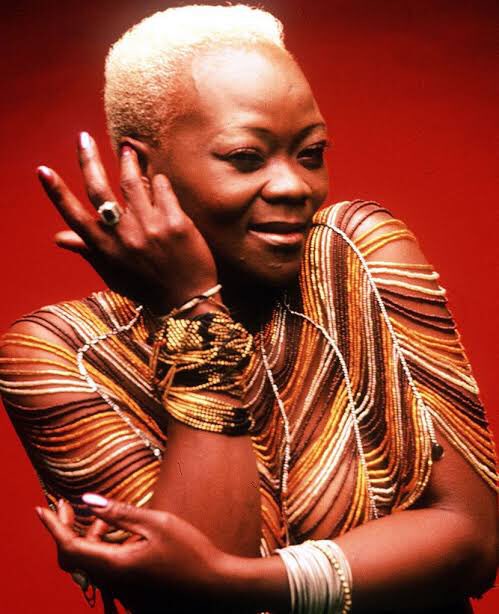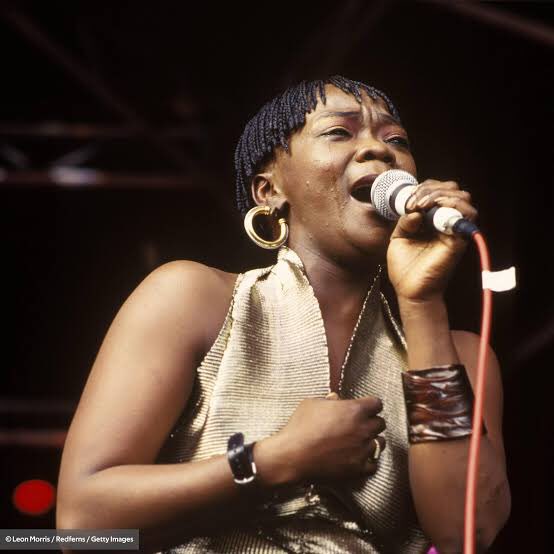
Its #IPThursday again good people. I know it came late, sorry for the wait! This week I decided to continue with the Cola Wars, so think of this as part 2 of Coke V Pepsi. This week, the question is whether you can have a trade mark in the shape of a bottle. 

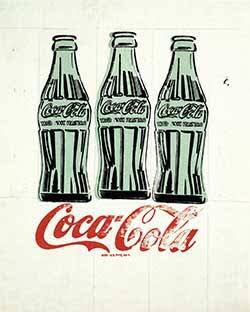
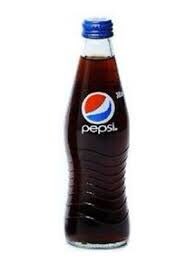
Lets start with a quick recap from last week shall we? Coca-cola had established itself as the leading soft drink manufacturer in the world.
Despite their success and dominance over the 19th century, Coke began to face competition from Pepsi over the decades. Leading to the Cola Wars. Pepsi Cola grew in popularity through intensive marketing, while at the same time Coke grew to become a truly global brand. 
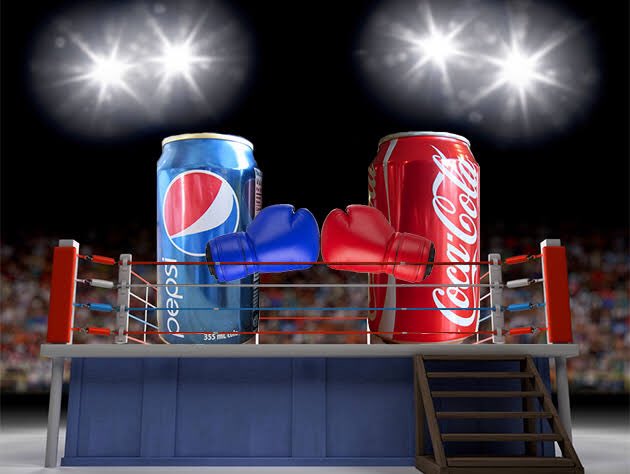
Over the years, the two companies got involved in a few trade mark wars. One of these wars included the famous Twist case in South Africa, which Coke won. However, it wasn’t the first time they were in court over a trade mark battle. 

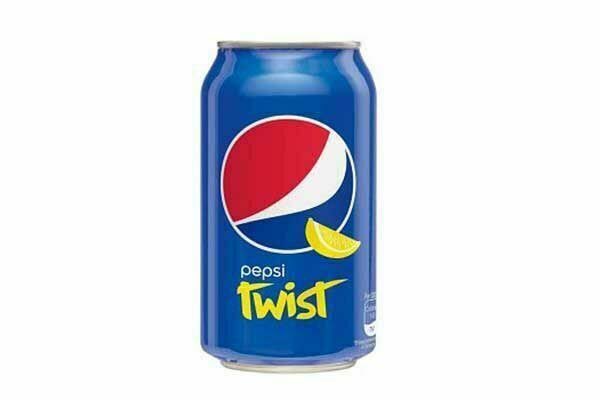
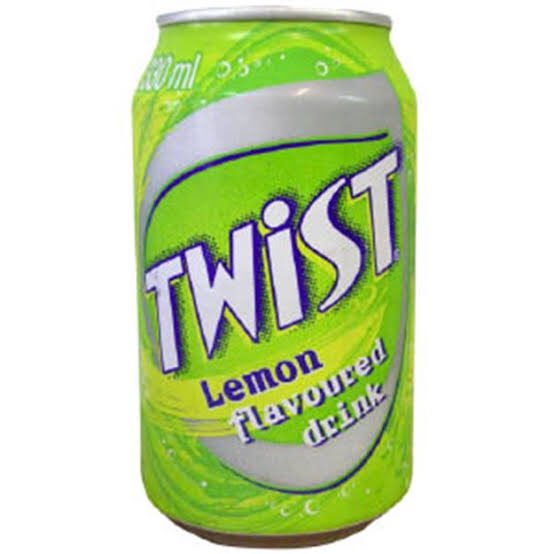
All caught up? Leggo! Our story this week begins at the start of the Cola Wars, sometime in 1912. The Coca Cola company had become popular and had established a very distinctive brand, not only in the US but in other countries as well.
They had one problem though, other companies including Pepsi were now making similar soft drinks and copying their brand. So Coke started looking at ways of making their brand more unique. They already had a great name but they needed something “extra”, something with, that thing
Coke decided to make a bottle. Yes, they were going to place the future of their brand in making a bottle. But not just any bottle. Coke wanted a bottle with a shape that you could pick out in the dark or when it was broken on the street.
They sent out a brief to glass companies all over the US, and the Roots Glass Company submitted their design which won. The famous Coke “Contour Bottle” was born!
I’m sure we all know the Contour bottle, it has a really great shape for a bottle and curves in all the right places. 😌 Coke loved the shape so much, they decided to register it as a Patent.
Small recap: a patent is a right granted for new inventions. Once granted, no one can make or sell the same thing. The bottle became a distinctive feature for Coke and it was a big part of their brand.
The bottle became very versatile. It was a pop culture reference, a weapon in a fight and more than anything, an adjective to describe the shape of a woman. Men really do ruin everything huh? 🤔
The Coke bottle even starred in a movie, who can forget the role it played in “The Gods Must Be Crazy”! Now that I think about it, this entire movie may have been a Coke ad 😂😂😂
However, despite the success, the Patent for the bottle lapsed in 1951. Yes, Patents lapse after a while (its 20 years in SA). And when they do, anyone can copy your product. This is different for Trade marks. These can last forever as long as you pay renewal fees.
When the Patent in the bottle lapsed it opened the door for many IP issues for Coke. So they decided to try and get trade mark protection for the shape of the bottle, which is difficult to do (remember the Kit Kat case?). 
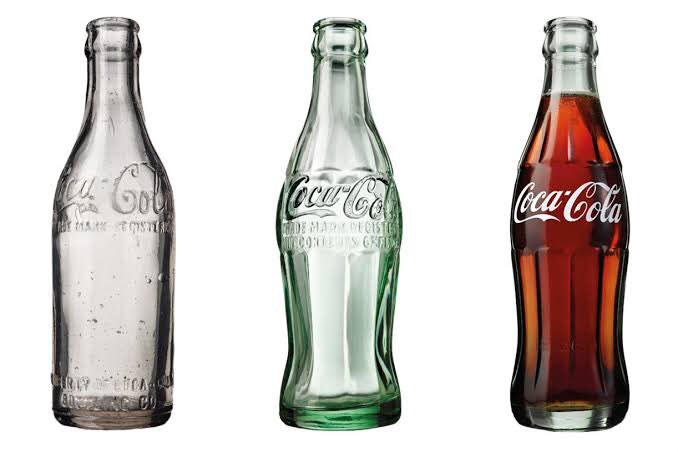
As a general rule, things like colours and shapes are hard to protect as trade marks. This is because they’re often not very distinctive. Coke struggled to get trade marks for the bottle in some countries, but they were able to do so in most.
The difficulty was trying to prove that the shape of the bottle serves as a badge of origin and is not just a shape they needed to make the packaging easier. 
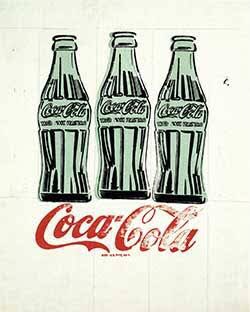
Anyways, Coke sold the bottle everywhere in the world. You could find a Coke bottle in the South Pole or in Kuvuki Land or in this case, in the land down under, Australia. Coke had been selling the bottle in Aussie since 1937 and they had managed to register it as a trade mark.
They have a good monopoly down under. However, 70 years later, in 2007, Pepsi released a glass bottle of its own in Aussie and called it the Carolina bottle. The Pepsi bottle also had curves in all the right places and like a jealous boyfriend, Coke got very upset by this. 
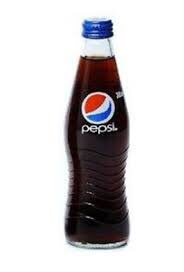
Coke dragged Pepsi to court in Australia for trade mark infringement, passing off and unfair trade practices. They said that Pepsi had adopted a similar bottle shape to theirs so that they could confuse consumers.
Coke basically said that if someones was craving a coke and then you walked into a store and saw this Pepsi bottle, you could buy it thinking that its a coke.
Pepsi on the other hand said that the bottles are different and no consumers would be confused by them. So it was up to a judge to decide.
The Australian court said that although the bottles are similar, the waves on the Pepsi bottle make it different to the Coke bottle, which has contours on its “waist”. The court held that the bottles are not the same and no one would be confused. 
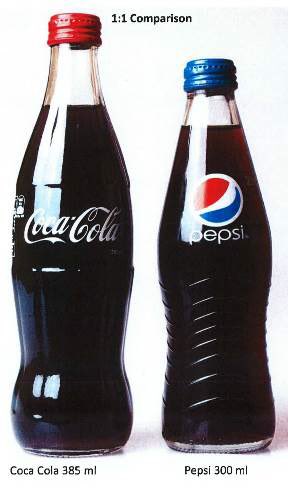
The judge confirmed that although they are similar, the bottles are fundamentally different. The ordinary customer would not walk into a store and be confused by the two.
Coke lost this battle to Pepsi and the Carolina bottle survived. This wasn’t the only time that Pepsi and Coke were in court over the shape of the bottle.
Pepsi really wanted to use the bottle in that shape, I wonder why. They had released the Carolina bottle in New Zealand as well. So Coke tried to stop Pepsi from selling it Carolina bottle in New Zealand. Same arguments, different country, would Coke have luck this time?...... 
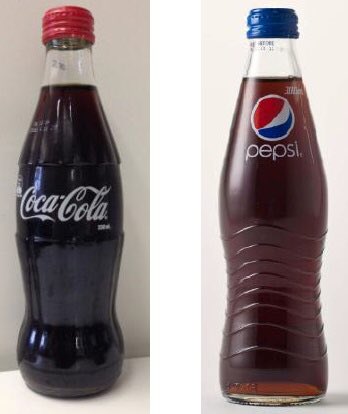
No, the judge in the court in New Zealand also said that the bottles were not similar.
Think of this case as showing up to an event and your partner’s exist wearing a similar outfit. Although the outfits are not exactly the same, its still annoying and thats why Coke too Pepsi to court.
In my view, this was probably the correct decision. Imagine if Coke won this case, they could literally come after anyone who sold a similar bottle in those countries. And lets be honest, the shape of most bottles is pretty generic.
Many companies have been trying to get the shape of their packaging protected. Think about Kit Kat, Toblerone and the Lindt Bunny. I’ll do #IPThursdays on more of these in future maybe. 


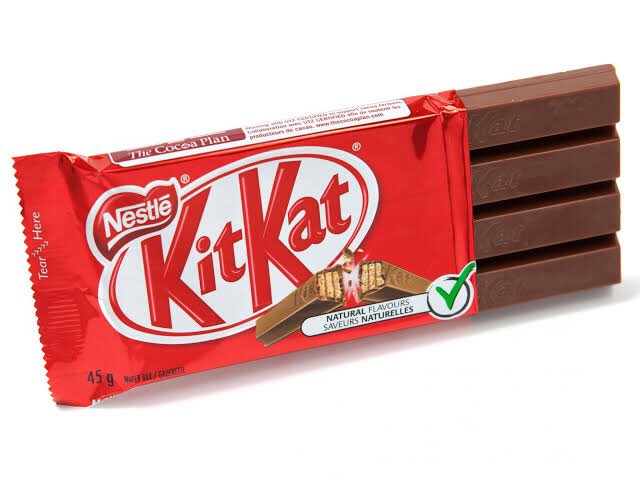
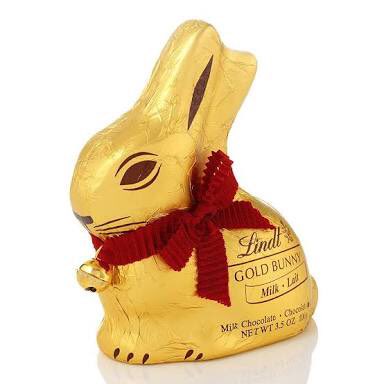
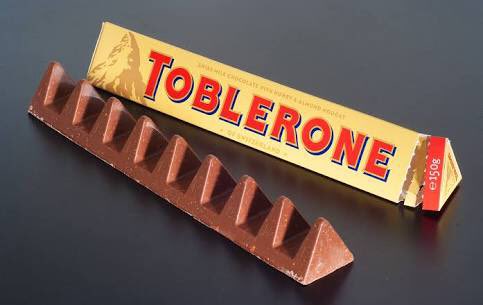
Big Lesson: Its very difficult to get trade mark protection for features like shapes or even colour. If you’d like to protect the shape of your goods using trade mark registration, then best plan is to make sure it is VERY unique!!! ❤️💛💚 
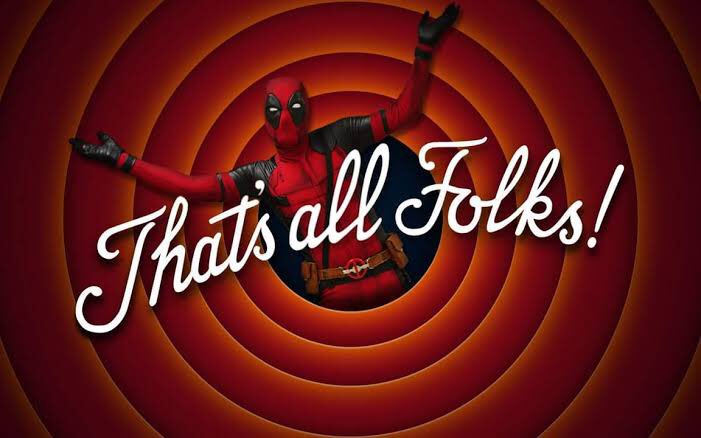
*Partner’s Ex
• • •
Missing some Tweet in this thread? You can try to
force a refresh








